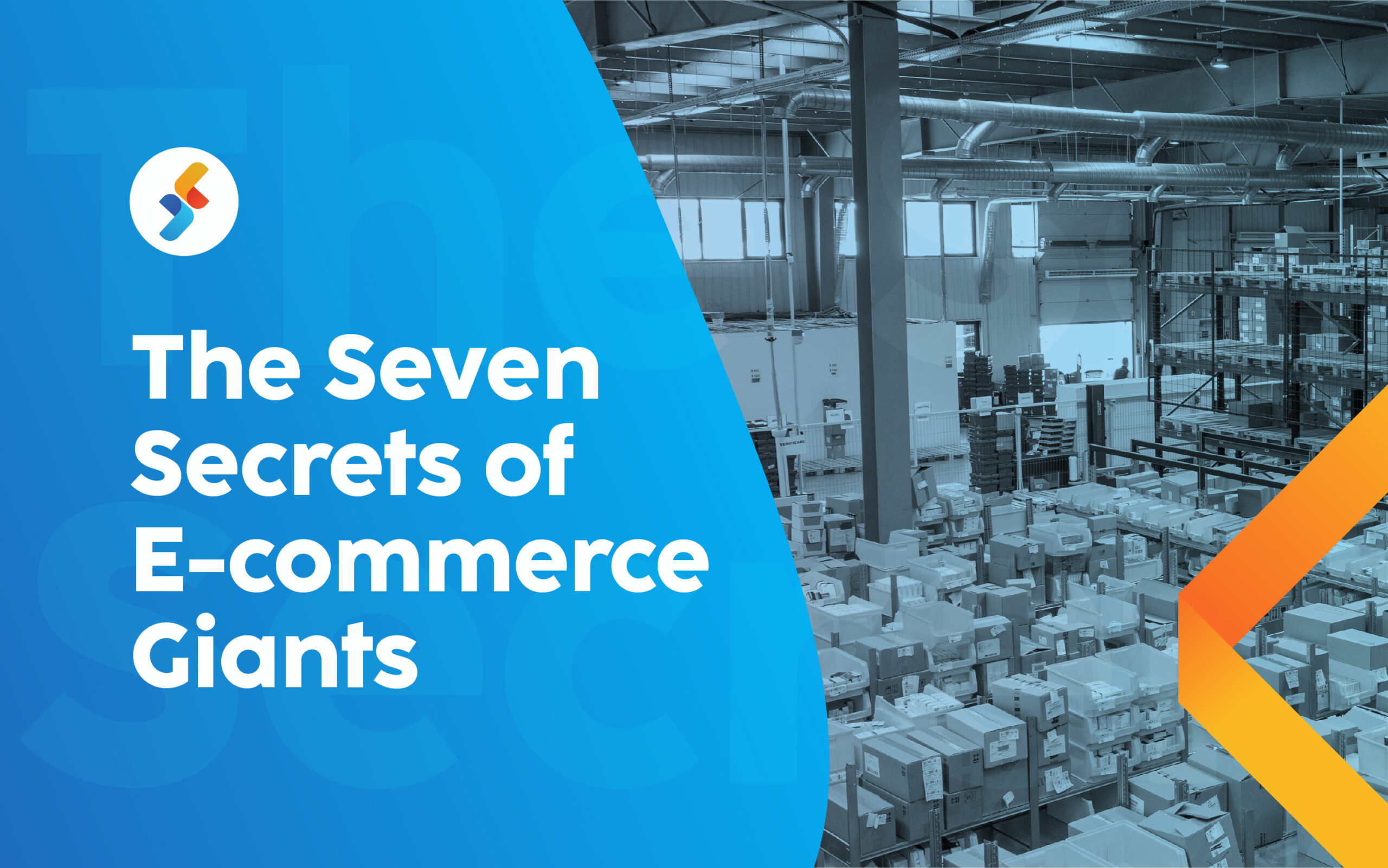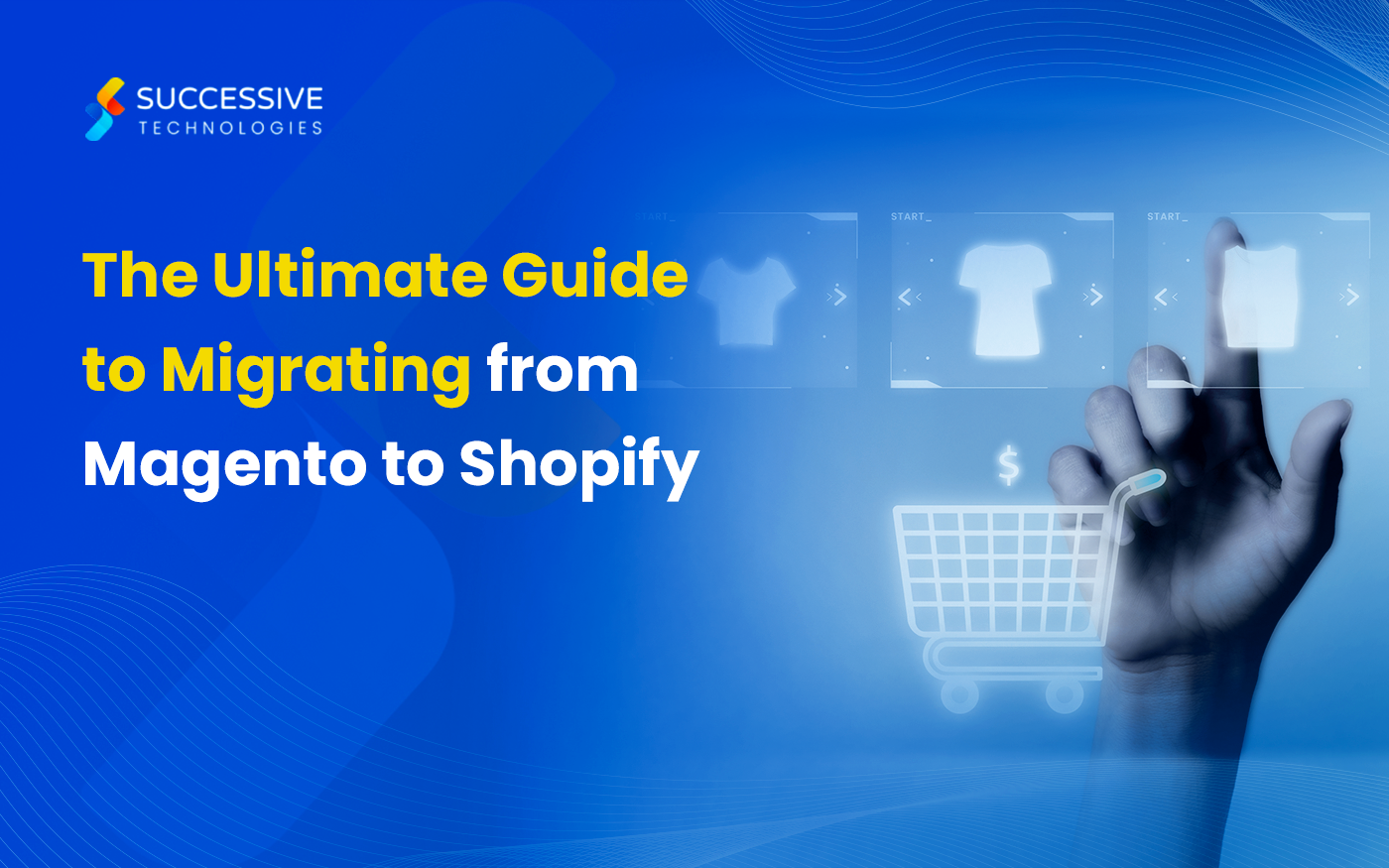It is estimated that in 2021, 2.14 billion people shopped online. That’s nearly 30 percent of the global population. It is predicted that ecommerce will account for 22 percent of all global retail sales by 2023, and the demand for online shopping will only grow from there. With this meteoric rise in preference for digital commerce, it has become increasingly critical for e-retailers to evolve rapidly and deliver immaculate online shopping experiences. An important focus area here is the enhancement of checkout experiences, directly linked with the usage of perfect payment gateway for eCommerce.
Simply put, in the context of eCommerce, payment gateways are software applications that enable the secure transfer of funds from a customer to a business. They’re very similar to point-of-sale systems that can be found in physical stores.
Let’s explore what positive impact payment gateways can have on eCommerce businesses, and how enterprises can choose a digital payments solution that aligns with their business objectives.
Benefits of Payment Gateway for your eCommerce Business
In terms of customer experience, there’s no doubt that payment gateways have brought eCommerce a long way – we’ve all had firsthand experience of seamless checkout experiences in digital stores. But payment gateways offer more than just a smooth shopping experience. Here’s what else they bring to the table.
Faster, more secure automated transactions
One of the biggest advantages of having a payment gateway is the enablement of swift and secure transactions, allowing customers to make payments within minutes.
Leading payment gateways make use of various safeguards such as data encryption, tokenization and secure socket layers (SSL) to ensure that all transactions are safe. These gateways also comply with Payment Card Industry Data Security Standards (PCI DSS) and adhere to Secure Electronic Transactions (SET) protocols.
Better customer experience
Payment gateways can be instrumental in improving customer experience and driving online conversions. Modern payment gateways avoid multiple redirects during the payment process, and include familiar and trusted payment methods.
Payment gateways help build seamless customer experiences by making the checkout process simple and quick, as can be seen in the diagram above that represents a checkout process facilitated by PayU. (Source: PayU)
Many payment gateways also enable enterprises to design payment pages as per their requirements, enterprises can also hire an eCommerce development company to design a great page that allows them to offer their customers customized checkout experiences. Through these design features, brands can also display their compliance certificates, show saved payment information for faster checkout, and highlight available bank offers and EMI schemes to deliver an enhanced customer experience.
Expanded customer base
Payment gateways today allow customers to pay through a host of options, including credit cards, debit cards, e-wallets, net banking, UPI, and others. Further, leading gateways enable enterprises to accept payments in many currencies.
These factors not only enhance customer experience but also allow customers across the globe to make payments, thereby expanding the company’s customer base and boosting overall sales.
Increased impulse purchases
Research suggests that the average cart abandonment rate across industries is 70 percent, with abandonment rates shooting up to 86 percent for mobile users. This is because customers are turned off by long and complicated checkout processes, and may not fully trust the merchant with their payment information. Here’s where payment gateways can be instrumental.
According to research, there is a direct and positive correlation between e-payments and impulse spending since e-payments systems make it easy for customers to make purchases and reduce the likelihood of shopping cart abandonment. With impulse purchases accounting for 40 percent of all ecommerce sales, enterprises can leverage payment gateways to boost revenue.
Have You Read: 5 Ways to Increase the Profitability of Your E-commerce Business
Critical Factors to Consider When Choosing a Payment Gateway for Ecommerce
Before choosing a payment gateway, it’s vital to establish what capabilities you need from a payment gateway and if its features align with your business goals. Here, we’ve compiled for you ten of the most important parameters to consider when evaluating a payment gateway for your ecommerce business.
Let’s get a closer look at each of these evaluation parameters.
1. Transaction security
When customers make payments online, they’re giving a business sensitive financial information that cyber thieves can potentially steal and exploit. To ensure customers don’t lose trust in the brand, ecommerce businesses must take the responsibility of ensuring safe and secure transactions.
The most trusted payment gateways are those that are PCI-DSS compliant. The topmost payment gateways go beyond compliances and offer advanced transaction security features like 3D Secure, device fingerprinting, data enrichment, and built-in fraud detection tools. Many payment gateways also have in-built risk scoring mechanisms in place, using data to minimize the risk of fraud.
Leading payment gateways like PayPal, Worldpay, and Stripe have in-built fraud prevention features. These providers also have a huge volume of historical data which they employ to prevent fraud and data theft.
2. Ease of onboarding and integration
One of the key purposes of integrating a payment gateway into an ecommerce platform is to speed up the payments process. Payment gateways that require enterprises to wait a long time before they can begin accepting payments defeat this purpose. This is why it’s important to choose a payment gateway partner that offers simple and quick software integration and onboarding.
FinTech companies like Razorpay, PayPal, and PayU offer software that is very easy to integrate and allows enterprises to kickstart their automated payments processes in a matter of minutes.
3. Payment methods supported
While online payment was earlier associated with simple credit card or debit card transactions, there is a multitude of payment methods in existence today. Payment sources like UPI, net banking, and e-wallets are now being used by millions. In fact, it is predicted that more than half the world’s population will use mobile wallets by 2025.
The right payment gateway for your ecommerce business will extend to customers the flexibility of making payments via different methods. This will ensure a reduction in shopping cart abandonment and revenue lost to poor customer experience.
The world’s leading payment gateways like Stripe, PayPal, Braintree and others support multiple payment sources.
4. Customer support
Online businesses operate round the clock. While this translates to greater opportunities to generate revenue, it also means that payment-related glitches can arise at any time of the day, which in turn demands round the clock customer support from the payment gateway partner.
Companies like PayTM, Razorpay, Stripe, and others offer 24/7 customer support to premium customers and also offer communities for ecommerce business owners and developers to ask for and share relevant information and solutions.
5. Hosting
A key consideration while choosing a best-fit payment gateway is how software is hosted. Payment gateways are typically hosted or non-hosted.
Hosted payment gateways direct customers from the ecommerce website’s checkout page to the payment service provider’s (PSP) page. Here, the customer fills out their payment details and is then redirected back to the ecommerce website to complete the transaction.
Hosted solutions, while easy to set up and requiring a smaller investment, also take away the control brands have on user experience that is now being managed by an external party.
On the other hand, non-hosted payment gateways collect payment details directly on the website. These gateways are customizable and give brands the control to manage user experience, code, and data.
Non-hosted solutions are relatively more expensive and require a technical support team to manage and maintain a payment gateway infrastructure.
6. Transaction limits
Many payment gateways set a cap on the amount of money that can be transacted. These are usually due to restrictions from banking partners and regulatory institutions, and transaction limits can vary from one payment method to another. This can be a major hurdle for large enterprises with a huge volume of transactions or large ticket sizes.
While choosing a payment gateway for your digital store, it’s important to thoroughly read through the transaction limits page/document offered by the provider and to choose a platform that aligns with your transaction needs.
7. Currencies supported
If your enterprise has or intends to have an international customer base, the payment gateway you choose must support payments in multiple currencies. The ideal payment gateway will allow enterprises to settle in multiple currencies without demanding hidden transaction fees and forcing you to convert currencies.
While searching for a multi-currency payments gateway, look for a provider that offers multi-currency settlements and billing, as well as fraud protection.
Leading payment gateways like PayPal, Authorize.Net, PayTM and many others offer a multi-currency transaction feature.
8. Devices supported
Customers today use multiple devices to make payments. Mobile payments are particularly popular, with 300 million smartphone users in India using mobile wallets to make online payments. In the US, mobile wallets accounted for 30 percent of all ecommerce transactions in 2020. Globally, mobile commerce accounts for 73 percent of all ecommerce.
The ideal payment gateway will be device agnostic, offering customers the flexibility to comfortably make purchases using their preferred device.
Read Next: Embracing Mobile Commerce for Breakneck Growth
9. Recurring billing – Important feature in payment gateways for eCommerce
For enterprises that offer subscription-based products, or those that use data and analytics to make intelligent product recommendations to customers, an automated recurring billing feature can be a boon.
The ideal payment gateway will make the recurring payments process seamless for the customer and must offer capabilities such as the establishment of billing intervals and the generation of payment plans based on payment frequency and/or amounts.
Most leading payment gateways like PayPal, Razorpay, PayTM and others offer a recurring billing feature.
Check Out: Umbraco vs WordPress CMS
10. Analytics
An important feature to consider while choosing a payments gateway is the ability to analyze mounds of data to deliver superior experiences that drive greater conversions. This can be enabled through an analytics feature.
The ideal payments gateway will provide an analytics dashboard as well as insight reports to help you gain intelligence around payment success and failure rates, the performance of checkout flows, new and repeat customers, churn rate, retention rate, sales from payment sources, and more.
Companies like PayTM and Razorpay offer in-depth analytics to help enterprises make informed decisions based not on conjecture but on data.
Razorpay’s offers a detailed analytics dashboard. (Source: Razorpay)
Further, while the cost of a payments gateway should not be an obstacle in choosing the right software to deliver unparalleled checkout experiences, it’s important to consider payment gateway charges like gateway purchase fee, subscription fee, maintenance fee, merchant discount rate, early termination fee, or any hidden charges.
Read Next: 7 Ways to Encourage Impulse Buys on Your E-Commerce Platform
Enterprises Must Plan for Challenges That Come With Payment Gateways for Ecommerce
Choosing the right payment gateway(s) for ecommerce business can deliver astonishing business results, especially for enterprises that receive tremendous volumes of online payments. This is easier said than done.
Payment gateways can present various challenges for enterprises to overcome, such as low internet bandwidth that leads to failed payments, card data security issues, complex technical integration, and other general user experience challenges. Businesses must plan for these challenges and opt for a robust online payments solution that is secure, feature-rich, and delivers outstanding customer experiences!
Must Read: The 7 Secrets of Ecommerce Giants That E-Retailers Can Learn From












